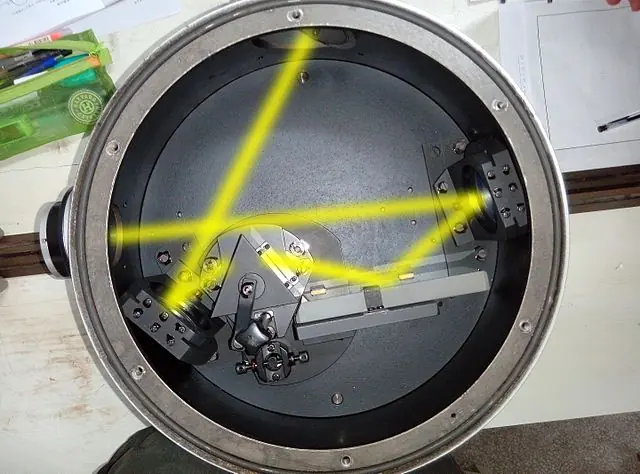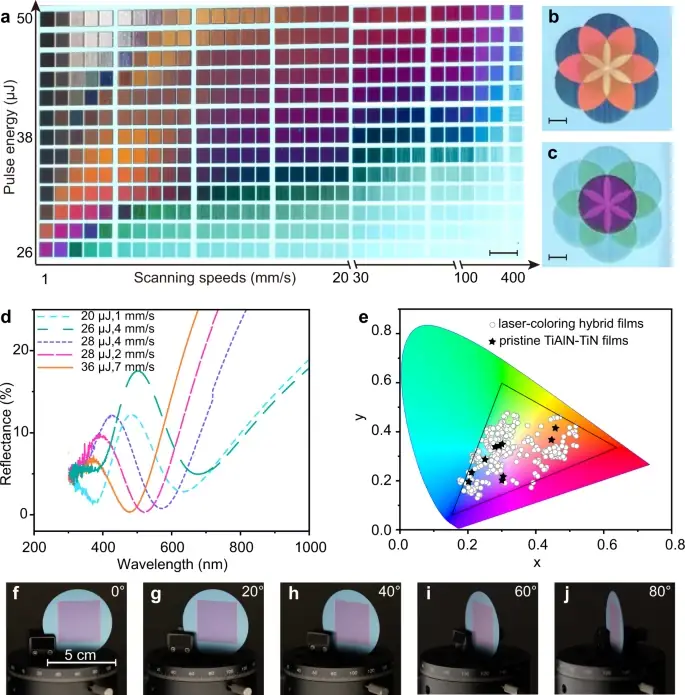What is a Monochromator?

A monochromator is a device used to select and isolate a single wavelength of light from a broader spectrum. This allows scientists and researchers to study the properties of specific wavelengths and their interactions with various materials and substances. Monochromators are commonly used in spectroscopy, a branch of physics that deals with the study of the interactions between light and matter.
There are several types of monochromators, each with their own specific design and application. The most common types include the grating monochromator, the prism monochromator, and the interferometer monochromator.
The grating monochromator is the most widely used type of monochromator. It consists of a diffraction grating, which is a piece of glass or metal with thousands of parallel lines etched onto its surface. A beam of light is directed through the grating, and the diffraction pattern that is created is then passed through a collimating lens and a focusing lens. The focusing lens is used to select a specific wavelength of light, which is then passed through a slit and directed towards the sample or detector.

The prism monochromator, on the other hand, uses a prism to separate the light into its component wavelengths. A beam of light is directed through a prism, and the different wavelengths are bent at different angles, creating a spectrum. The spectrum is then passed through a slit and directed towards the sample or detector.
The interferometer monochromator is a more complex device that uses the principles of interference to select a specific wavelength of light. It consists of a beam splitter, which is used to split the light into two beams, and a mirror, which is used to reflect one of the beams back towards the beam splitter. The two beams are then recombined, and the interference pattern that is created is passed through a slit and directed towards the sample or detector.
In all types of monochromators, the selected wavelength of light is then directed towards a sample or detector, where it is used to study the properties of the sample or to measure the intensity of the light. The sample or detector can be anything from a simple piece of glass to a complex electronic device.
In conclusion, a monochromator is a device that is used to select and isolate a single wavelength of light from a broader spectrum. It is commonly used in spectroscopy to study the properties of specific wavelengths and their interactions with various materials and substances. There are several types of monochromators, each with their own specific design and application, including the grating monochromator, the prism monochromator, and the interferometer monochromator. These devices play a crucial role in many areas of scientific research, including physics, chemistry, and materials science, and are essential tools for scientists and researchers working in these fields.






